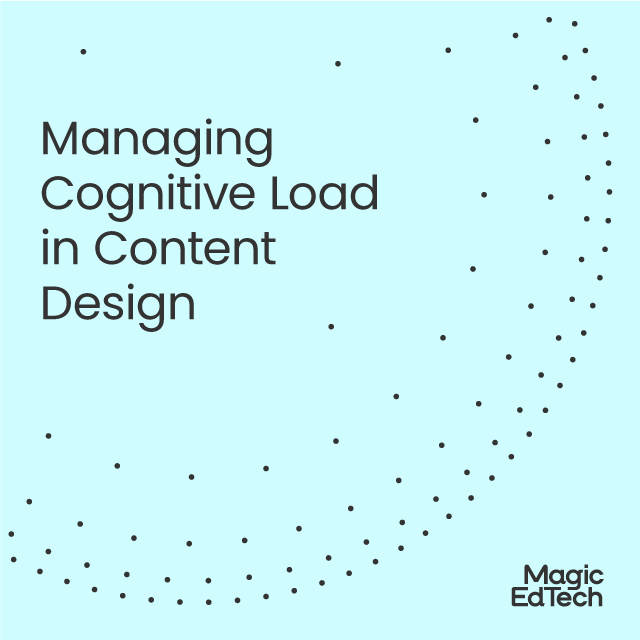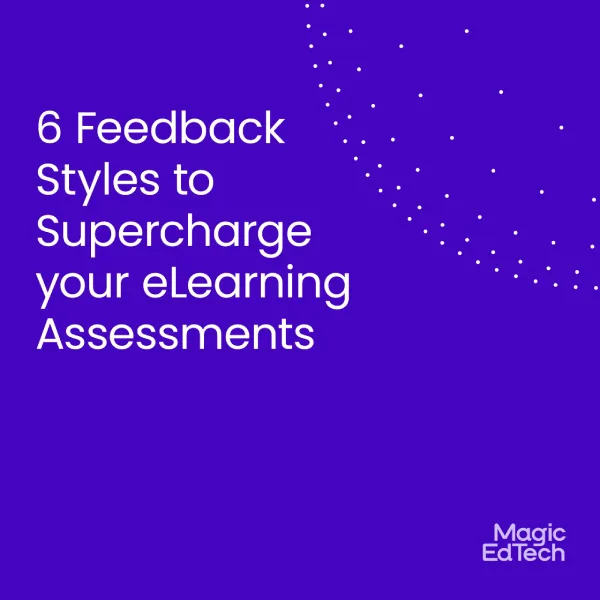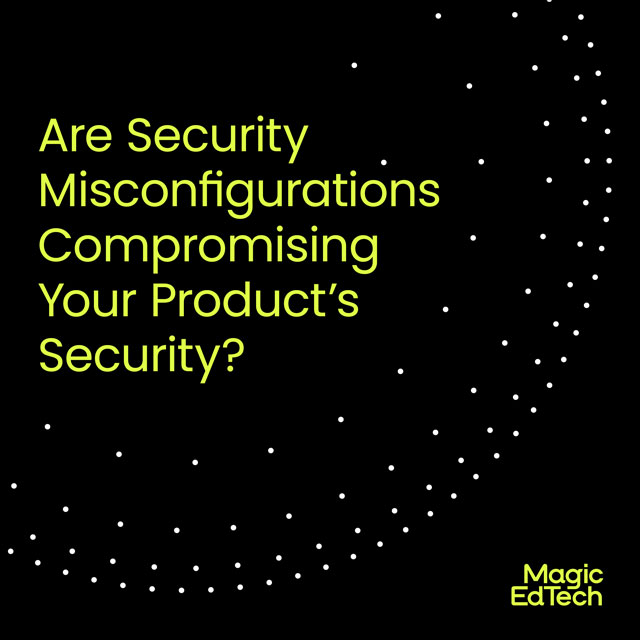Enriching Learning Pods with Immersive Learning
- 31 March, 2022
- Reading Time: 4 minutes
In the 2020 to 2021 school year, there has been a boom in unplanned educational experiments that have looked far different than the traditional school system. Specifically, the formation of Learning Pods, or as some refer to as “pandemic-pods”, gained tremendous popularity and success. As a lot of families struggled to incorporate an effective hybrid learning model for their children, many came together to form “micro-schools” where small groups of children could learn in person.
These small groups, most averaging about six students, are run by teachers and tutors who teach students their curriculum. For example, services such as Learning Pods, Selected for Families, and SchoolHouse identify and hire learning pod instructors for various sessions. Also, many organizations have been expanding through online, social platforms where they offer registration and information.
Pods as a Learning Environment
According to a New York Times Article Survey of 100 respondents, the major reason learning pods were formed was for the health and safety of learners. Many families, as well as teachers, wanted their children to have social interaction and in-person instruction. Parents struggled to keep their children focused during online learning throughout the day. In addition, working parents who could not supervise their children’s learning turned to pods to provide structured, timely education. Learning pods were there to provide a manageable, continuous, and effective learning environment for these children.
Being together during learning is extremely important, especially for young students. Joining or forming a learning pod exemplified these benefits for children, parents, and even communities. When kids are in a small group with a mix of abilities and backgrounds, they can help each other learn and build skills. Furthermore, social interaction is vital for children to build their confidence, share their ideas and passions, and learn to express their emotions. Lastly, motivation, a trait that everyone struggled with during the pandemic, is encouraged within pods. Students’ accomplishments are recognized and celebrated by others. This makes a huge difference in their self-esteem and motivates them to put more effort into their work; whereas the purpose for completing work was almost fully lost in an at-home, digital classroom.
Not only were the benefits of these pods felt by young students, but teachers as well. Studies on learning pods show that educators have experienced more joy of autonomy, creativity, and connection in pods compared to in school. Two main factors for this are the development of close relations and the ability to shape their professional autonomy. Educators indicated that learning pods allowed them to get to know their students better which in turn allowed them to better respond to the students’ needs. Further, educators have control of their time, curriculum, and lesson design significantly more than they could in a school. School environments are much more focused on the control and monitoring of lessons, materials, and learning plans, which are important but not central to student learning.
Virtual Labs in Learning Pods
Education tech companies for k 12 have created Virtual Labs to help reinforce the theoretical concepts students learn in class. Educators of learning pods can incorporate virtual learning labs, techniques, and tools to enhance the learning experience for students even further. Online professional learning systems designed for youth professionals can facilitate high-quality care and education, especially in these smaller communities. These systems provide evidence-based content, demonstrative tutorials, and practical tools where students can apply their knowledge and skills. The specialized design of virtual labs will allow instructors and students to focus on specific subjects matters. To further personalize the learning experience of pods, these systems can track each student’s performance and progress. Therefore, educators can best adapt their teaching styles to fit the needs of their students and have assistive technology to help present material.
The Future of Learning Pods
With the rise in uncertainty in a post-pandemic world, learning pods may be the wave of the future for edtech companies in the US. Many families enjoy that pods are tailored towards the different needs of their children. Learning pods may not “replace” school but they will be seen in different forms. For example, meeting on playgrounds during the weekend or at a church twice a week. There could be math-centered pods, reading and writing pods to accelerate learning in a particular subject. Despite the slight transition back to normalcy for schools across the country, the nature of learning pods is here to stay.




